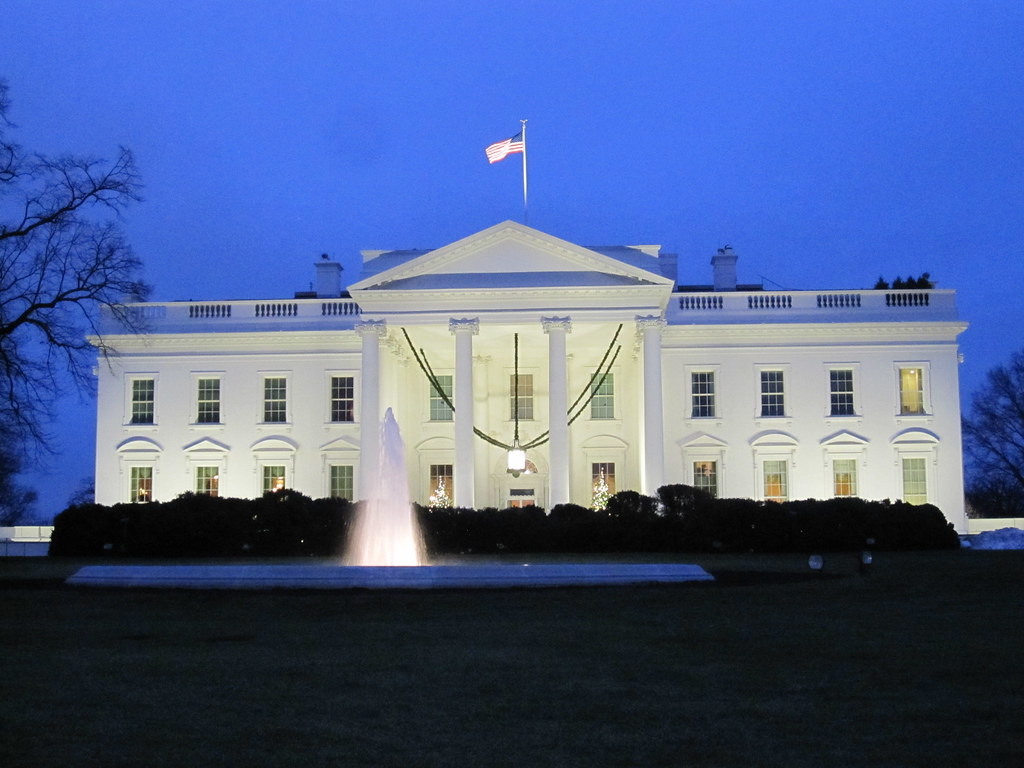EDITORIAL: Affirmative Action — If ended, then mend it
A race-based program is not the only fix for inequality
February 26, 2022
Higher education’s flagship policy for promoting racial diversity is as close as it’s ever been to its end. Affirmative action, which provided preferential treatment to Black and Hispanic students for admissions starting in the late 60s, is slated to be terminated by the right-wing Supreme Court. Conservatives have, for decades, argued that the program designed to remedy racial discrimination was itself a form of racism, and their efforts to remove it may soon come to fruition.
Although the debate about affirmative action in employment is important, the focus on the college component is due to its outsized influence in American politics. Although colleges’ decades-old policy of increasing diversity on campuses is well-intentioned, it’s not flawless. Conservatives are right to cite issues with the program, and colleges should be more flexible in the ways they expand opportunity to disadvantaged groups.
To start, it is of course important to recognize the benefits of any policy that is being replaced. Race-based affirmative action does seek to solve legitimate issues of inequality of opportunity between races. The average white household has almost eight times as much wealth as the average Black household, a disparity that exists largely because of inheritances. Because schools are largely funded by property taxes, this inequality results in Black and Hispanic students largely attending poorer institutions than their white peers. Lower funding in the schools they attend unfairly hurts these students, as greater funding is associated with improved student outcomes. </span
Individual bias also unfairly hurts nonwhite students. A Stanford study found that teachers were likelier to punish Black students than white students for identical actions. Another study found that school counselors were less likely to recommend Black people for AP classes than whites, even when accounting for student quality. Both of these glaring issues are apparent here in Nevada, where Black students are almost four times as likely to be punished as their white counterparts, and are less than half as likely to take AP classes.

However, none of this means that affirmative action is a perfect fix. For one, despite persistent racial disadvantages, using race as a proxy for privilege can be crude and damaging. Averages can conceal that plenty of white and Asian students face severe issues — poverty, homelessness, familial abuse and more. An affirmative action that prefers a Black child of top 1%ers over a white member of the working poor does little to help 99% of Black people.
On that note, another issue with current affirmative action programs is that they discriminate against Asian Americans. Though supporters of these race-based initiatives deny this, the fact of the matter is that because people of Asian descent have the highest standardized test scores and GPAs, race-first admissions policies undercut their ability to attend selective universities.
The final pressing issue is that racial preferences can easily paper over the complexities of America’s racial dynamic. For example, mixed race individuals are generally beneficiaries of affirmative action, even though multiracial students tend to perform about as well as white students on standardized tests. This is representative of perhaps the largest problem with affirmative action — though it’s an entirely understandable (and often successful) attempt at promoting equal opportunity, it doesn’t take into account the nuances of America’s racial dynamic.
If the higher court does, in fact, block all considerations of race in college admissions, universities should consider that an opportunity to expand opportunity for all students. The College Board’s former plan to give students “adversity scores” would be an interesting model. Putting race aside, students’ incomes, wealths and communities would be incorporated into their application to give disadvantaged students an actually fair chance at admissions.
Former President Bill Clinton’s quip on affirmative action —- “mend it, but don’t end it” — correctly referenced both the costs and benefits of the policy. With the Roberts Court more ambitious than ever to tear it to shreds, it’s time for us to formulate a new line on race-preference admissions: If ended, then mend it.









